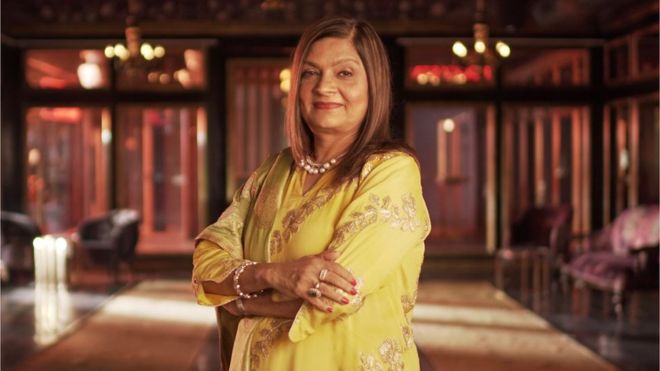Netflix’s new show, Indian Matchmaking is regressive, but not more than the patriarchy that governs the rules of marriage.

One critic calls it “this year’s scariest horror show about arranged marriages”. And on social media, there is a raging storm over sexism, casteism, colourism and a range of other isms.
As Netflix’s eight-episode reality show, Indian Matchmaking kicks off, the conversation about the business of arranged marriages has gathered pace.
Indian Matchmaking doesn’t claim to wear a reformist cloak. Executive producer Smriti Mundhra calls it an “unscripted, fun, crazy, light look on the surface of the Indian marriage industrial complex.” It’s an industry that places a premium on women who are fair, tall, “slim-trim”, and, above all, “flexible”. Families must be “respectable”. After all, alliances are not between individuals, but families. One eager mum tells her son she’s looking for “someone to take care of you”. The son, no surprise, is looking for someone like mummy.
And yet, Indian Matchmaking underplays the seedier underbelly of the marriage market. Dowry, for instance, is excised from the show. And non-conforming clients include a single mom as well as a Catholic man who says he’s open to meeting women from other religions. In one case, the match-maker introduces a woman who is seven years older than her prospective groom.